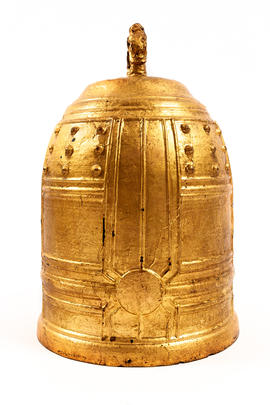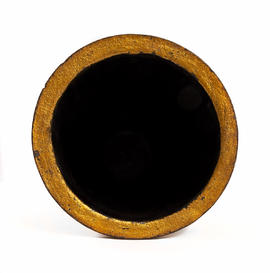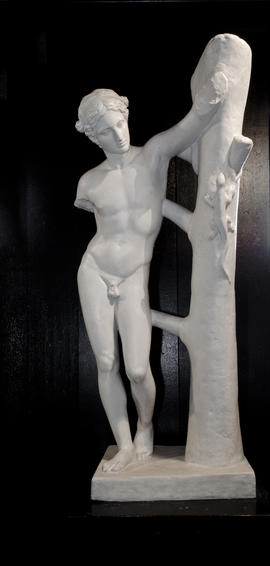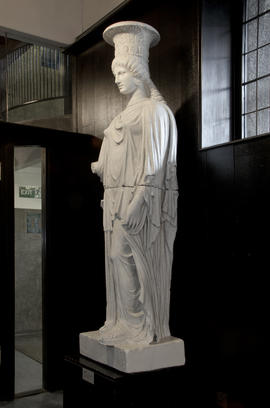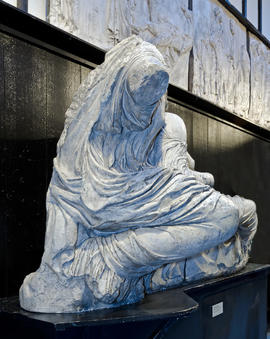Carved tablet to Sir James Fleming
- NMC/1714
- Item
- 1903
This item was lost in the fire in The Mackintosh Building at The Glasgow School of Art on 15th June 2018.
A carved tribute panel dedicated to Sir James Fleming (Chairman of GSA's Board of Governors). Located on the half landing between the ground and first floors of the Mackintosh Building. Panel unveiled, 17 January 1903.
Frampton, Sir George James




